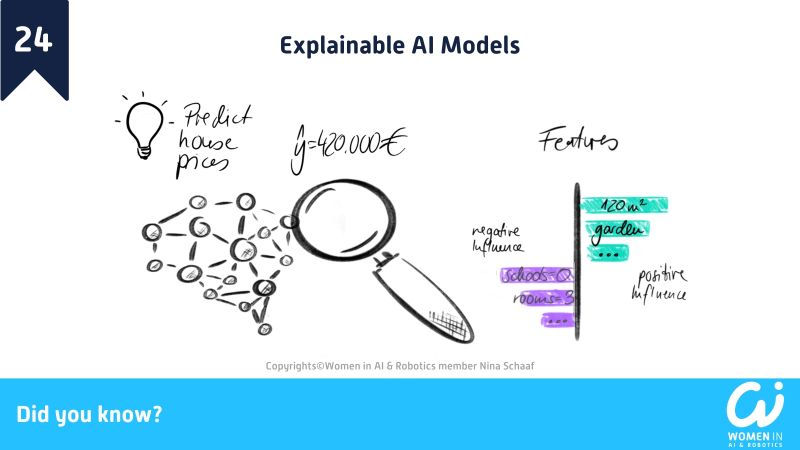Sense-Plan-Act Architecture
- Sheila Beladinejad

- May 15, 2023
- 2 min read
Part 2 of 3
❓#DidYouKnow that robotic’s applications usually require a complex sensor setup and numerous actuators to fulfill the given task? Compared to automation tasks, robotic applications must react to a changing environment and novel task inputs during the execution.
💡Therefore, roboticists use system architectures to efficiently process sensor data input, plan higher-level actions, and control actuators. Different types of architectures depend on the #robot setup and the application itself.
In this post, we discuss the 𝗦𝗲𝗻𝘀𝗲-𝗣𝗹𝗮𝗻-𝗔𝗰𝘁 𝗿𝗼𝗯𝗼𝘁𝗶𝗰𝘀 𝗮𝗿𝗰𝗵𝗶𝘁𝗲𝗰𝘁𝘂𝗿𝗲. This post is the second out of a series of three posts on robotic architecture.
These architecture layers are processed in sequential order. First, sensor data is processed, creating an environmental understanding for the robot. It answers questions like where the robot is, which objects surround it, and which parts of the environment can currently be not perceived. Then this information is passed to the planning layer, which considers all the processed data and the robot's current task. It plans the next immediate step for achieving the mission and forwards actions directly to the third layer. The act layer executes the received task by controlling motors and outputs.
👁️ 𝗦𝗲𝗻𝘀𝗲 𝗟𝗮𝘆𝗲𝗿
Receive sensor data, fuse information, generate environmental understand
✏️ 𝗣𝗹𝗮𝗻 𝗟𝗮𝘆𝗲𝗿
Consider environmental perception, based on high-level mission immediate next execution step.
🏃♀️ 𝗔𝗰𝘁 𝗟𝗮𝘆𝗲𝗿
Receives following immediate task and controls actuators and outputs
The 𝗦𝗲𝗻𝘀𝗲-𝗣𝗹𝗮𝗻-𝗔𝗰𝘁 𝗮𝗿𝗰𝗵𝗶𝘁𝗲𝗰𝘁𝘂𝗿𝗲 was executed in a linear processing pattern within its original form. This linear processing makes it easy to understand and debug. However, perception algorithms are usually more time-consuming than controlling algorithms and thus slow down the execution. This might have been a suitable solution for slowly moving robots, but it is unsuitable for highly dynamic environments with hard real-time constraints on control algorithms.
🖼️ 𝗜𝗺𝗮𝗴𝗲 𝗗𝗲𝘀𝗰𝗿𝗶𝗽𝘁𝗶𝗼𝗻: The figure visualizes the never-ending loop of sense-plan-act. The loop starts at the sensing layer, which forwards perceptions to the plan layer. Then the plan layer considers this environmental input and plans the following immediate action. The act layer then executes this action. Then the sensing layer perceives the changes to the previous run and forwards the new information to the plan layer. And so on...
📚 𝗕𝗼𝗼𝗸 𝗥𝗲𝗰𝗼𝗺𝗺𝗲𝗻𝗱𝗮𝘁𝗶𝗼𝗻 𝗳𝗼𝗿 𝗳𝘂𝗿𝘁𝗵𝗲𝗿 𝗿𝗲𝗮𝗱𝗶𝗻𝗴:
Kortenkamp, D., Simmons, R., Brugali, D. (2016). Robotic Systems Architectures and Programming. In: Siciliano, B., Khatib, O. (eds) Springer Handbook of Robotics. Springer Handbooks. Springer
Contributing Editor Women in AI & Robotics core team volunteer Julia Nitsch.
#robotics #architecture #ai #womeninrobotics #womeninai #womeninrobotics #womeninstem #GenerationEquality #FLIPTHESCRIPT











This is a really clear breakdown of the sense-plan-act architecture! 🛠️ Just like robots need a well-structured system to optimize their performance, our bodies also benefit from structured care to function at their best. If anyone’s feeling like they need a “reset” after a long day of tasks and planning, I highly recommend checking out 허니룸 마사지 – their professional massages and wellness treatments are like a real-world act layer for your relaxation, helping you recharge and perform at your peak.
Ein fantastischer Artikel, danke für das Teilen! Die Betonung der Wichtigkeit von thematischer Relevanz bei Backlinks hat mich an die mühsame Recherche erinnert, die damit verbunden ist. Stundenlanges Suchen nach den richtigen Blogs und Magazinen ist normal. Wenn es einen Service gibt, der den Prozess des Backlink-Erwerbs vereinfacht, indem er diese Recherche automatisiert, wäre das ein echter Game-Changer für viele SEO-Manager.
The Sense-Plan-Act model is such a fascinating breakdown of how robots process and respond to their environments. I like how it mirrors problem-solving in real life, gathering info, planning, and then acting. It actually reminds me of writing too; I’ve used SEO product description writing services from PaysomeoneTo, where the process feels similar: research, structure, then execution.